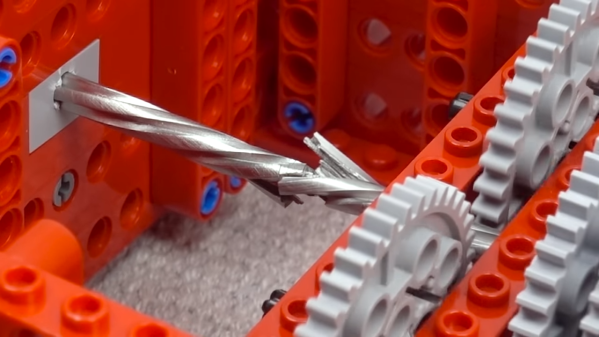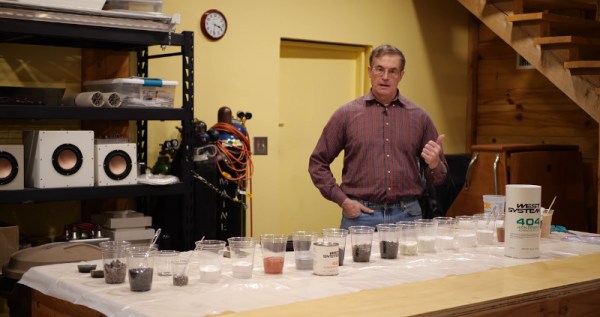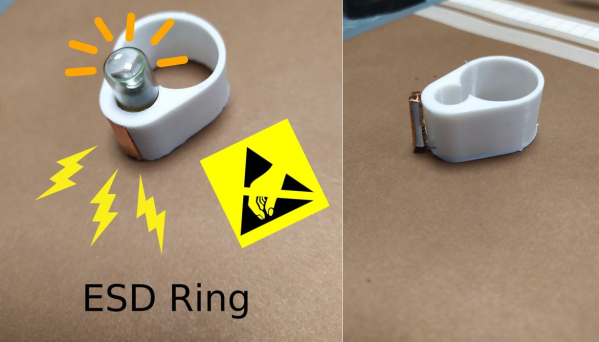Automata are already pretty cool, but the ones that can fool us are something extraordinary. The legendary [Greg Zumwalt] has recently turned his toy-making attentions toward illusory automata, and we think he’s off to a great start with his admirable appetizer, the Magic Chef.
The Chef aims to please, and as long as he has the power to do so, he’ll keep offering dishes from his six-item menu of hamburger, hot dog, pizza slice, BLT, sunny-side-up egg, and banded gelatinous chunk we can’t quite identify. Amazingly, this one-man restaurant does everything with a single 6VDC gear motor, some magnets, and 58 printed parts including gears, cams, and levers. The way the food carousel moves on a sort of magnetic slip ring system is the icing on the cake.
If you want to whip up a Magic Chef of your own, all the STL files are available for take-out from the Instructables page. Hungry for more details? go wash up and get situated after the break, ’cause we’re serving up a demo video with some close-up views of the inner workings. Oh, and here’s some automata-brewed coffee for dessert.
Continue reading “Do You Smell What The Magic Chef Is Cookin’?”

















